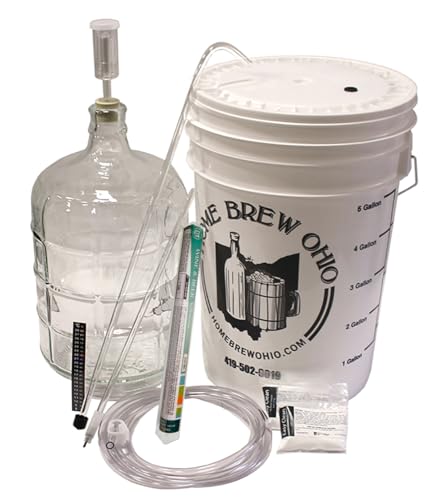I have just taken on a second allotment and plan to fill it with blackberry and elder flower/berry plants. This will take a while (about 2 years) to realise especially as I will propagate rather than buy the plants and I plan to ferment in larger batches with the fruit from these allotments.
I have been reading the thread(s) about larger batches and see that 55 gal (200 ltr) drums are popular but also see that there are unique problems associated with them, especially temperature control, both heating and cooling.
I can get smaller barrels (which are actually quite cheap) and am thinking of experimenting with either 60 ltr or 120 ltr barrels to get used to the process before I get to my full harvest potential.
My question or rather what I am looking for is information/examples of the warming/cooling systems used for these larger batches. I already have an inkbird that I use for my fridge fermentations and will use that as a controller.
Also, do you secondary/age in carboys or other vessels? I think that I could secondary/age in smaller barrels depending on primary qty but concerned about headspace.
Thank you
I have been reading the thread(s) about larger batches and see that 55 gal (200 ltr) drums are popular but also see that there are unique problems associated with them, especially temperature control, both heating and cooling.
I can get smaller barrels (which are actually quite cheap) and am thinking of experimenting with either 60 ltr or 120 ltr barrels to get used to the process before I get to my full harvest potential.
My question or rather what I am looking for is information/examples of the warming/cooling systems used for these larger batches. I already have an inkbird that I use for my fridge fermentations and will use that as a controller.
Also, do you secondary/age in carboys or other vessels? I think that I could secondary/age in smaller barrels depending on primary qty but concerned about headspace.
Thank you




















































 and I have time.
and I have time.